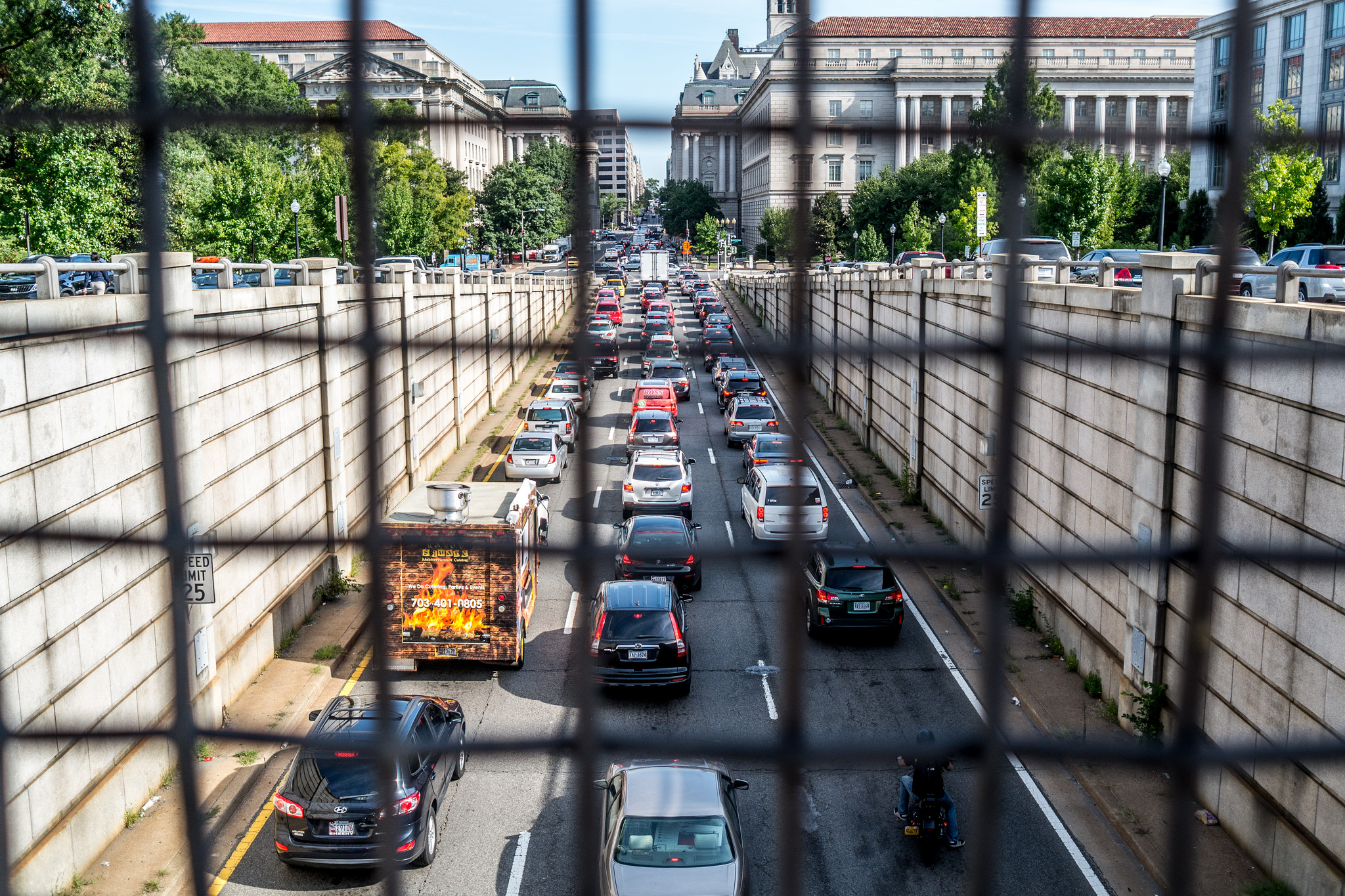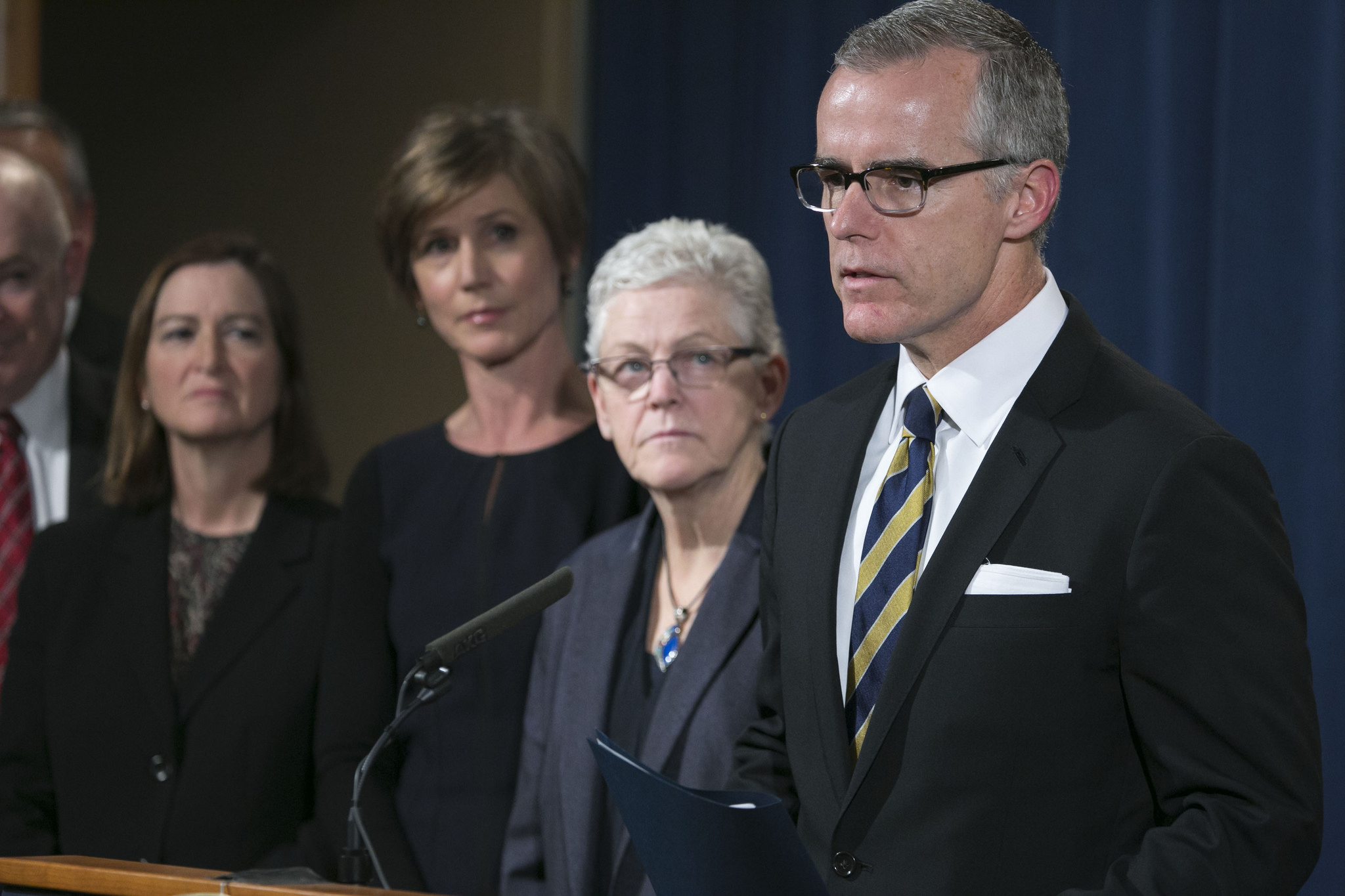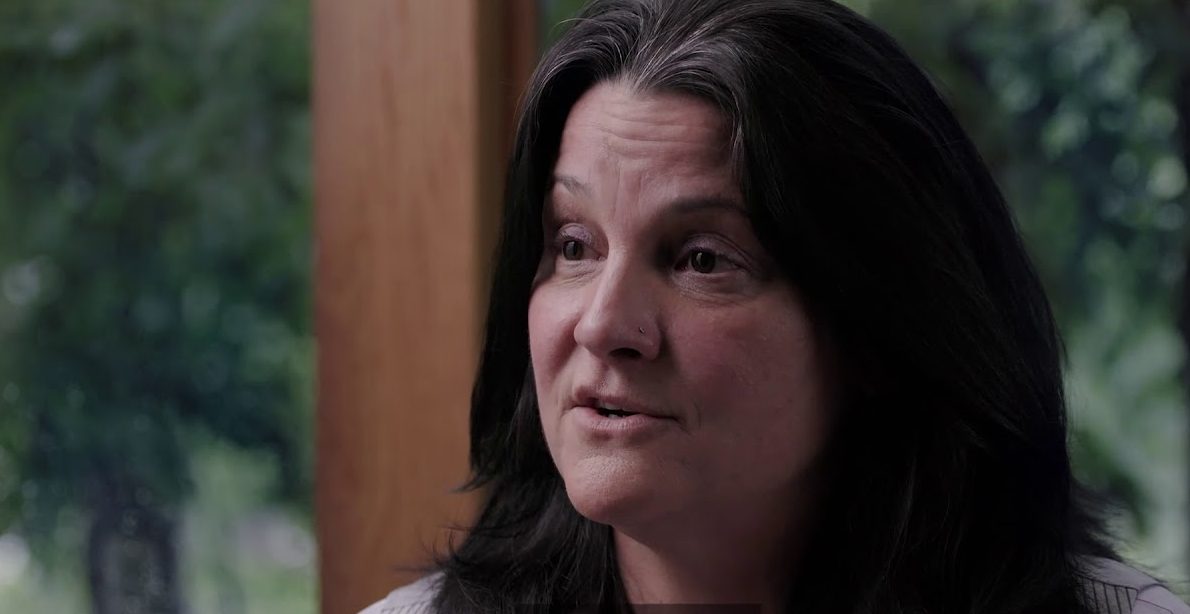In 2012, President Barack Obama introduced groundbreaking standards with help from the U.S. Department of Transportation (DOT) and the U.S. Environmental Protection Agency (EPA) to increase fuel economy to the equivalent of 54.5 miles per gallon (mpg) for cars and light-duty trucks by Model Year 2025. The initiative was said to save “$1.7 trillion at the gas pump and reduce U.S. oil consumption by 12 billion barrels,” in average fuel savings over the lifetime of a vehicle, according to a White House press release. “For families purchasing a model Year 2025 vehicle, the net savings will be comparable to lowering the price of gasoline by approximately $1 per gallon,” it read.
At that time, the Obama Administration argued that requiring more fuel-efficient vehicles on the road would improve public health, combat climate change, and save consumers money at the pump. Very admirable, but there are a few problems.
To make a vehicle have the ability to run more efficient – 55 mpg worth – a lot has to be done. For example, the vehicle needs to be lightened extensively.
Ford Trucks have ditched steel for truck beds and have introduced aluminum for their light-duty models, but it has a higher cost, especially with tariffs on aluminum in place. Carbon fiber, which is about five times stronger and five times lighter than steel, has a promising future in automotive manufacturing since its introduction into Formula One racing decades ago. Though, to bring it into the mass production realm for entry-level and family cars to begin, it would greatly increase the cost of a vehicle.
And that’s just talking about taking weight off cars, not even mentioning the costs involved with engine efficiency, aerodynamics, fuel, tires, components, and other things used to make cars more fuel efficient.
All of these manufacturer costs will be pushed to the consumer – that’s just the way it works. So, that $20,000 car will end up being $30,000. Yes, it will be more efficient and meet all DOT and EPA standards, but it doesn’t help if people cannot afford a more expensive car. What this plan really does is encourage people to stick to driving older, less safe vehicles.
Due to this, the Trump Administration has announced a plan to freeze fuel efficiency requirements through 2026. As well, President Trump’s plan will revoke California’s long-standing legal waiver to set its own emissions regulations granted under the 1970 Clean Air Act, which the state has used more recently to try to curb greenhouse-gas emissions. About a dozen other states set their own tailpipe restrictions as they follow California’s lead.
Almost immediately, there was unsurprising backlash.
So far, 19 attorneys general have joined California Attorney General Xavier Bacerra, who has vowed that the state would “use every legal tool at its disposal to defend today’s national standards and reaffirm the facts and science behind them,” according to a report from The Washington Post. The Golden State’s Democratic Governor Jerry Brown was a bit more emphatic in his response, saying that his state “will fight this stupidity in every conceivable way possible.”
An analysis by the Trump Administration, published jointly by the EPA and the National Highway Traffic Safety Administration (NHTSB), estimates that halting fuel efficiency targets at 2020 levels could save $500 billion in “societal costs,” avoid thousands of highway fatalities, and save Americans approximately $2,340 on the cost of each new car. Meanwhile, the U.S. would increase its fuel consumption by about 500,000 barrels of oil per day, contributing to increased levels of greenhouse gas emissions.
Setting aside environmental regulations in favor of cost savings meant that it wasn’t just California in opposition. Public health experts and environmental groups said the rollback would allow more carbon dioxide to bellow from vehicles across the nation, wasting a chance to combat climate change in the transportation sector, which has emerged as the nation’s largest source of carbon dioxide emissions.
“By 2030, the pollution equivalent of this rollback will be like firing up 30 coal power plants,” Paul Cort, an attorney at the advocacy group Earthjustice, said in a statement. “It’s a boon for big oil that ordinary Americans will pay for with their health and their wallets.”
The nation’s automotive manufacturers welcomed the rollback, but some are expressing unease as the may have to make vehicles that meet different requirements in different states. Looking for negotiations with California to begin, Gloria Bergquist, spokeswoman for the Alliance of Automobile Manufacturers, said in a statement, “We urge California and the federal government to find a common sense solution that sets continued increases in vehicle efficiency standards while also meeting the needs of America’s drivers.”
The contention within the industry really isn’t the fact that one standard is better than the other as Ross Eisenberg, vice president for energy and resources policy at the National Association of Manufacturers, explained. “Ultimately, manufacturers need a single national program that provides regulatory certainty and maintains vehicle affordability,” he said.
Of course, Trump’s plan was lauded by those in the oil industry.
“What started as a mandate in the mid-1970’s to reduce foreign imports of oil morphed into a costly and unworkable environmental regulation thanks to bureaucrats in the previous administration and in Sacramento,” Thomas J. Pyle, president of the free-market advocacy group American Energy Alliance, said in a statement, The Post reported. “President Trump should be commended for standing up for American consumers by reducing the regulatory burden placed unnecessarily on automakers.”
To create national autonomy for emissions regulations, DOT is looking at whether or not it can block California’s more stringent standards based on the grounds that a decades-old energy law holds that right for the federal agency, officials say.
Nevertheless, the White House’s proposal argues that, “freezing the fleetwide average of 37 miles per gallon in 2020 would prevent roughly 12,700 traffic fatalities in vehicles built through model year 2029.” Being that the Administration’s two primary arguments for the proposal are affordability and safety, their argument behind road fatalities is that as the cost of a new car increases, people will be less likely to buy one, opting for a older, less safe model.
In 2016, the EPA and NHTSA estimated that complying with the tighter Obama-era tailpipe standards would cost roughly $900 and $1,200 per car, respectively, by 2025. By 2027, Trump officials argue that keeping the standards could raise vehicle sticker prices by more than $2,300.
Also, interestingly, Trump’s plan cites that not only would motorists keep their old cars longer, but would also drive more in general if the Obama-era emissions regulations rules were allowed to take effect, which would lead to an increase in road deaths. Transportation industry researchers have found that fatalities do increase along with the total number of miles driven, and that future car buyers are apt to drive more if their cars are more fuel-efficient because they would be cheaper to drive, but experts say they see no reason motorists would suddenly start driving their old cars more.
Regardless, the rollback of stringent regulations comes as the cost of new vehicles is on the rise. Compounded by tariffs on building materials and the cars and trucks themselves, the rising prices may level off as manufacturers do not need to pass the cost of greater efficiency to the consumer any longer.






